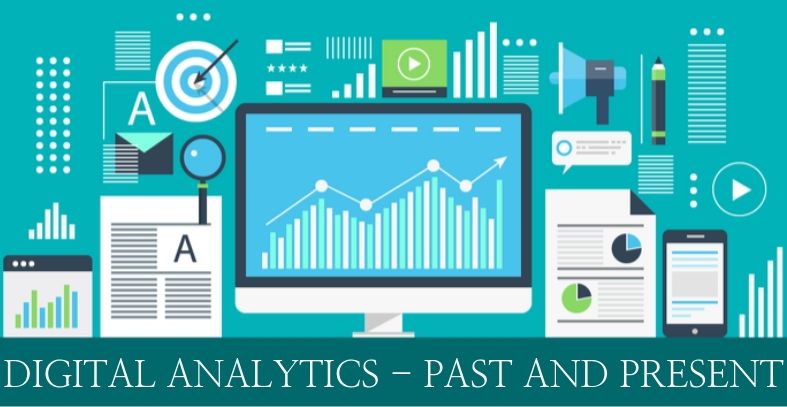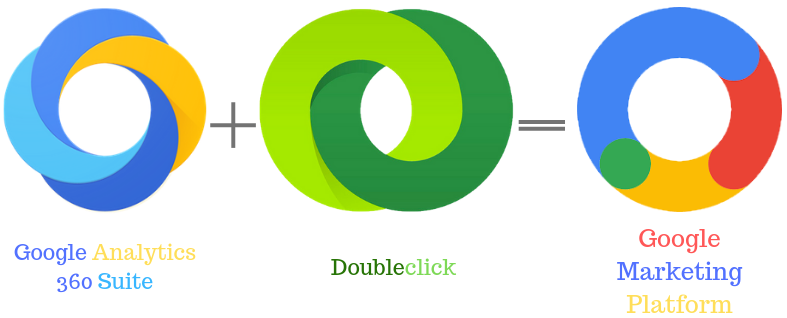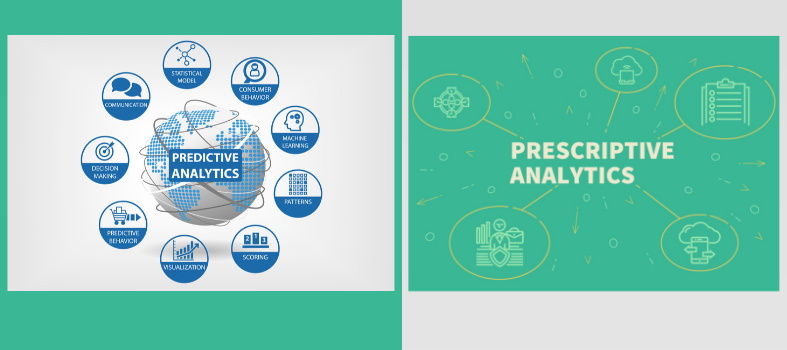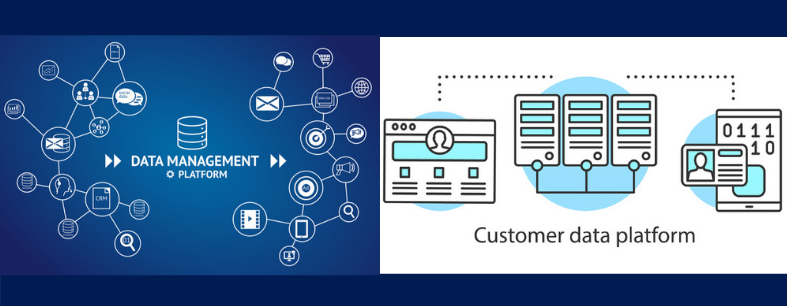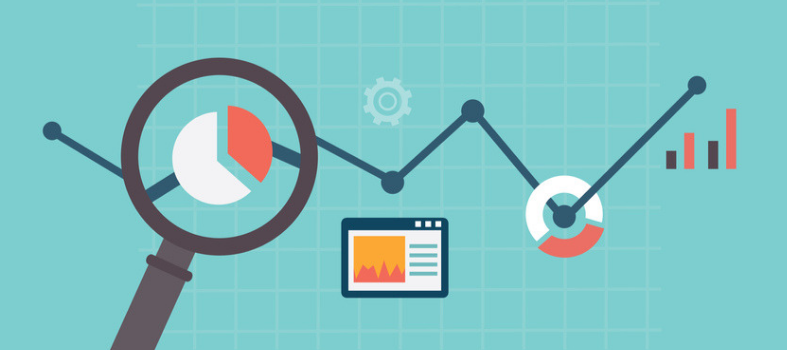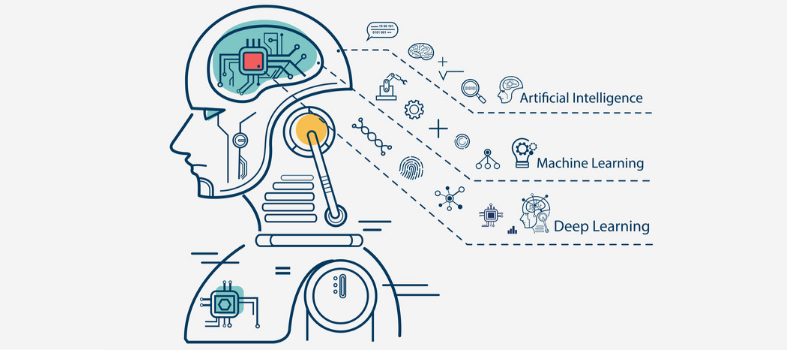Data is increasingly becoming the driving force behind commercial success, especially in the digital marketing sector. In recent years, data management and digital analytics have move forward in leaps and bounds. Organizations see the importance of reliable data and prefer to work using data-driven methods. The problem here is how ‘big data’ can be combined in order to obtain useful insights. A number of promising trends in digital analytics are currently on the rise.
Early digital analytics
To be able to develop a vision for the future, it is important to understand from where you came. In recent years, we have seen major shifts from single data sources to multiple data sources and tools. In March 2016, the Google Analytics 360 Suite was launched as “an enterprise-class solution for a multi-screen world”. Partly due to the growing number of options within devices as well as the increasing numbers of channels or touch points, understanding the customer journey became an even greater challenge. It was not easy to attribute conversion value to channels at the start of the customer journey, and these were subsequently undervalued.
Advanced attribution models became available so that marketeers could choose which factors would play a role in conversions. For this, Google developed the data-driven attribution model which uses Google Analytics data to generate a customized model based on machine learning. More and more data became available, and the sales and marketing departments turned to data-driven attribution in droves. However, the linking of attribution models across data sources is often (too) challenging.
Last year’s digital analytics
What did 2018 introduce in the field of digital analytics? Google launched the Google Marketing Platform, giving online marketeers the opportunity to gain even more insights from data which could be implemented to further optimise marketing campaigns. Google Marketing Platform is an integration of the Google Analytics 360 Suite and DoubleClick; one integrated tool for purchasing, planning, measuring, testing and optimising online marketing activities. A full stack suite is not new. Many large analytics providers such as Webtrekk and Adobe Analytics are already offering suites.
Google launched the Marketing Platform as a rebranding campaign, but the most important reason was that this could ensure that (former) DoubleClick products would better connect with other Google products. As a result, organisations quickly reap the benefits of these integrations and were more likely to use other Google products (with which Google would be given the opportunity to collect even more data).
Marketeers want – as Google very well understands – more and more insights for various data streams with maximum return. This forms the basis for current trends.
In addition, 2018 was dominated by the introduction of the General Data Processing Regulation. Not only did this increase the number of cookie bars, it also resulted in organisations putting more focus on data management and security. Many organisations still do not fully comply with the GDPR and will be required to take the necessary steps this year.
Current digital analytics
Data quality management
In 2019, data quality management plays a very important role. Collecting a lot of data from various sources is not singularly important, but must ensure data quality and reliability in the context in which this data is used. Data insight methods must catch up with an increase in objectives.
Increasing data quality is not a single operation. One must measure, analyse, improve, implement and check respectively, creating a circular flow. This requires a data governance structure in which the data management function at senior or management level is totally invested in improving data quality. This also provides for support throughout the organisation. Data-driven decisions can only be made if the data is correct and up-to-date, has a fixed structure, and contains no inconsistencies. Only then can an organisation respond quickly to the developments of a dynamic, rapidly changing market.
Marketing automation and AI
Big data should help organisations gain insights with the result being reduced costs, increased revenue, and customer satisfaction. To manage big data, the roles of Artificial Intelligence (AI) and marketing automation are becoming more attuned. AI and marketing automation techniques both automate and optimise analysis processes. The results can provide important insights. Automation of customer interactions is already popular. Applying AI algorithms to e-commerce platform analytics, chatbots and FAQs, for example, makes it possible to further improve user experience and optimise customer value.
Personalisation
Personalisation is the delivery of customized content and experience in all phases of the customer journey. Personalisation can be applied based on the segment (people with shared characteristics) or on previously displayed behaviour, for example, adjusting content at a subsequent visit. Based on personal data, specific suggestions are made; otherwise, certain information is used which has been entered in advance to ameliorate ease of use.
The foundation of personalisation is having and linking the correct (and reliable!) data and insight into the customer journey. With the right tools you can provide a relevant and creative interpretation that is unique to user needs. Personalisation can provide a higher click-through rate, increased sales and higher levels of customer satisfaction.
Predictive and prescriptive analytics
An important reason why marketeers use big data is that it makes predictive analytics possible. Because quantities of (historical) data are high, analysis models make mathematical calculations on which predictions are then based. Predictive analytics focuses on identifying future events and values as well as their respective options. It can help to reduce churn (loss of customers) because you are given information that allows you to calculate when your visitor might leave your site.
Of course, you do not only want to know what is going to happen but also what the best response is to the predicted action. This is where prescriptive analytics take over.
A good example of prescriptive analytics is the recommendation engine. This engine bases its recommendations on earlier page views, purchased products, in-market segments, and demographic data. It is then able to show products that the person in question wants. Moreover, this algorithm makes sure that the most relevant products are shown first.
Or someone might be looking at the toy pages of a catalogue before switching to read blog articles about baby care. Interpreting this information, an algorithm will understand this person is a parent and give you the opportunity to respond to this information. It is therefore important to create flows in order to send your visitors the right message.
More DMPs and CDPs
In line with previous trends, the rising use of Data Management Platforms (DMP) and Customer Data Platforms (CDP) is almost explosive. A DMP is a central dashboard which allows you to collect and manage online and offline data from different data sources. This collects behavioural data from both customers and non-customers. Within the DMP, customers are segmented and profiles are created, resulting in more detailed customer profiles and better insights into the customer journey. This knowledge enables the (potential) customer to be communicated with as effectively as possible.
In a CDP, all interactions between an organisation and its customers are registered, whether this is via website, app, call centre, chat, etc. An up-to-date customer profile is the result and this can be enriched with external data. Data can then be used for personalisation on different channels so that the customer receives more relevant messages. An algorithm might be used to determine which temptation techniques are best applied to each customer, or to indicate which products they find the most interesting based on their purchasing behaviour.
Mixed reality leads to augmented analytics growth
Much has been written about virtual reality and augmented reality. Mixed reality is the combination of both technologies. The enormous flow of data that this entails provides augmented analytics, a system that automates insights using natural language processing and machine learning. The system generates its own insights into clear, usable answers, making the work of the digital analyst almost superfluous. Links are automatically established between different data sources, so that action can quickly be taken. The development of augmented analytics tools will continue to grow considerably in the coming years.
Conclusion
As AI and machine learning become more advanced, the need for relevant and personalised marketing communication becomes ever more important. Organisations are currently moving towards an integrated marketing process. The linking of on- and offline systems gains better insights into the entire customer journey. Through automation and machine learning, visitors can be communicated with using the right content and the right methods at the right time, whatever the channel or device.


 1300 353 700
1300 353 700 info@magiknewmedia.com.au
info@magiknewmedia.com.au


